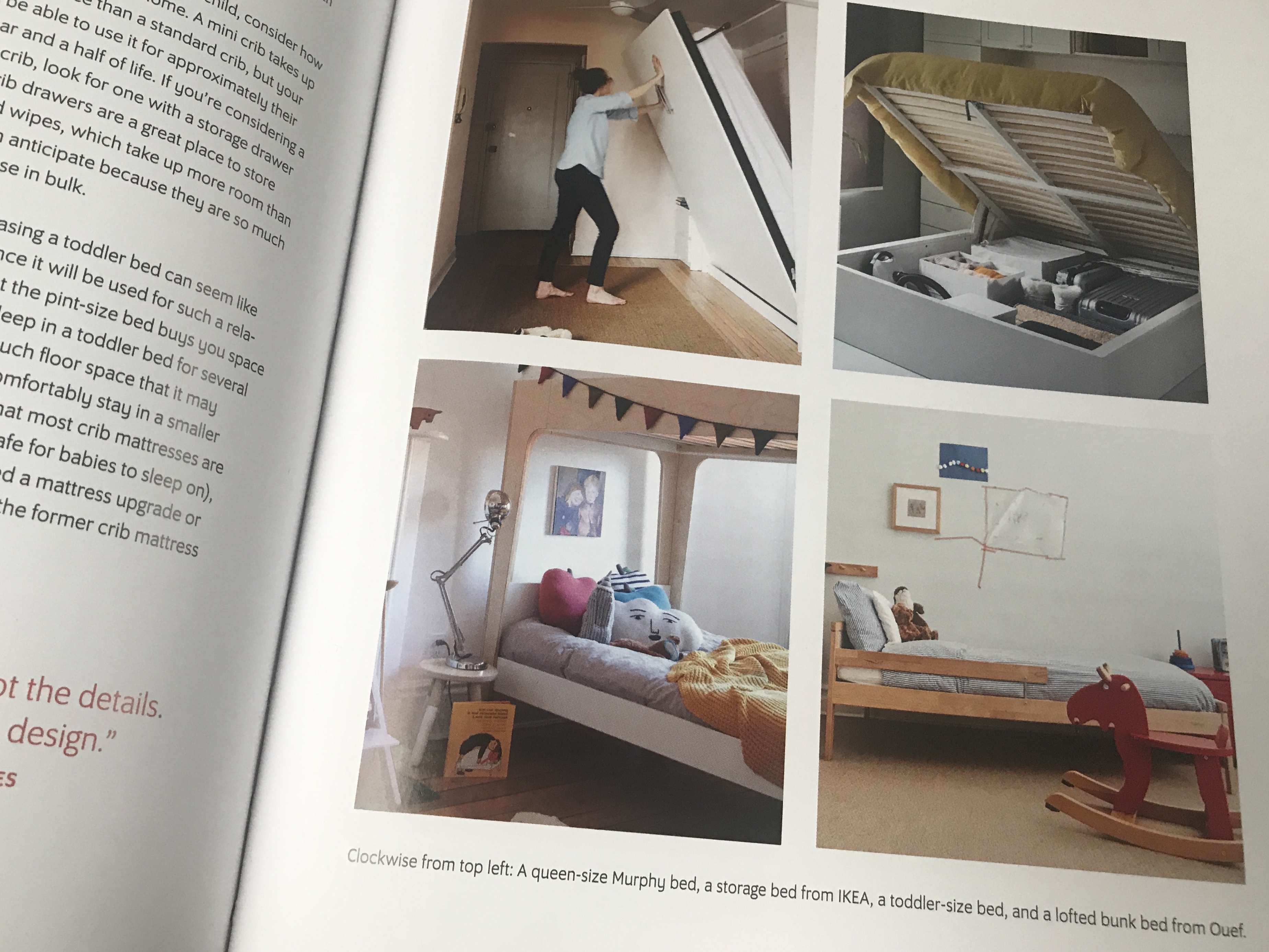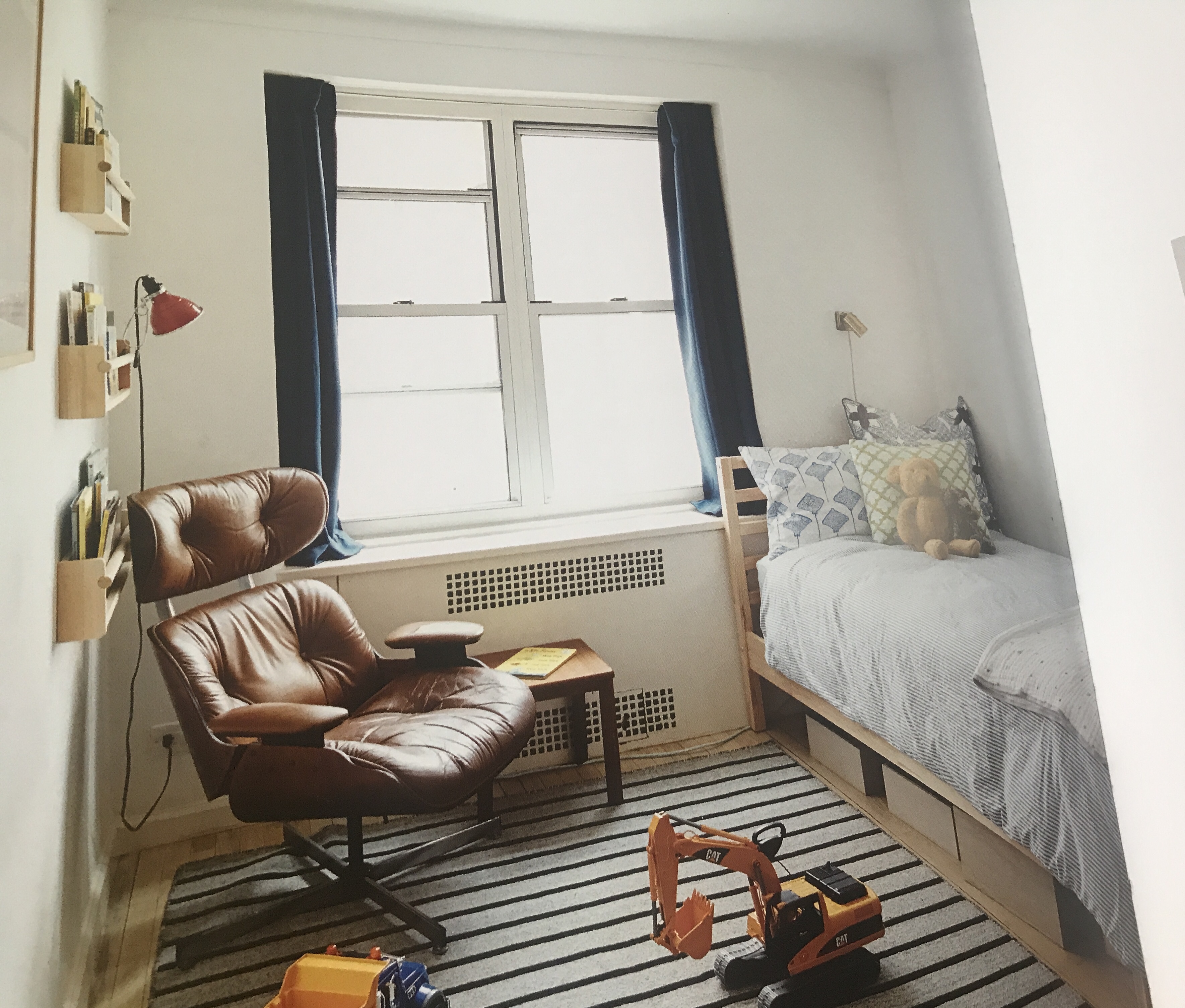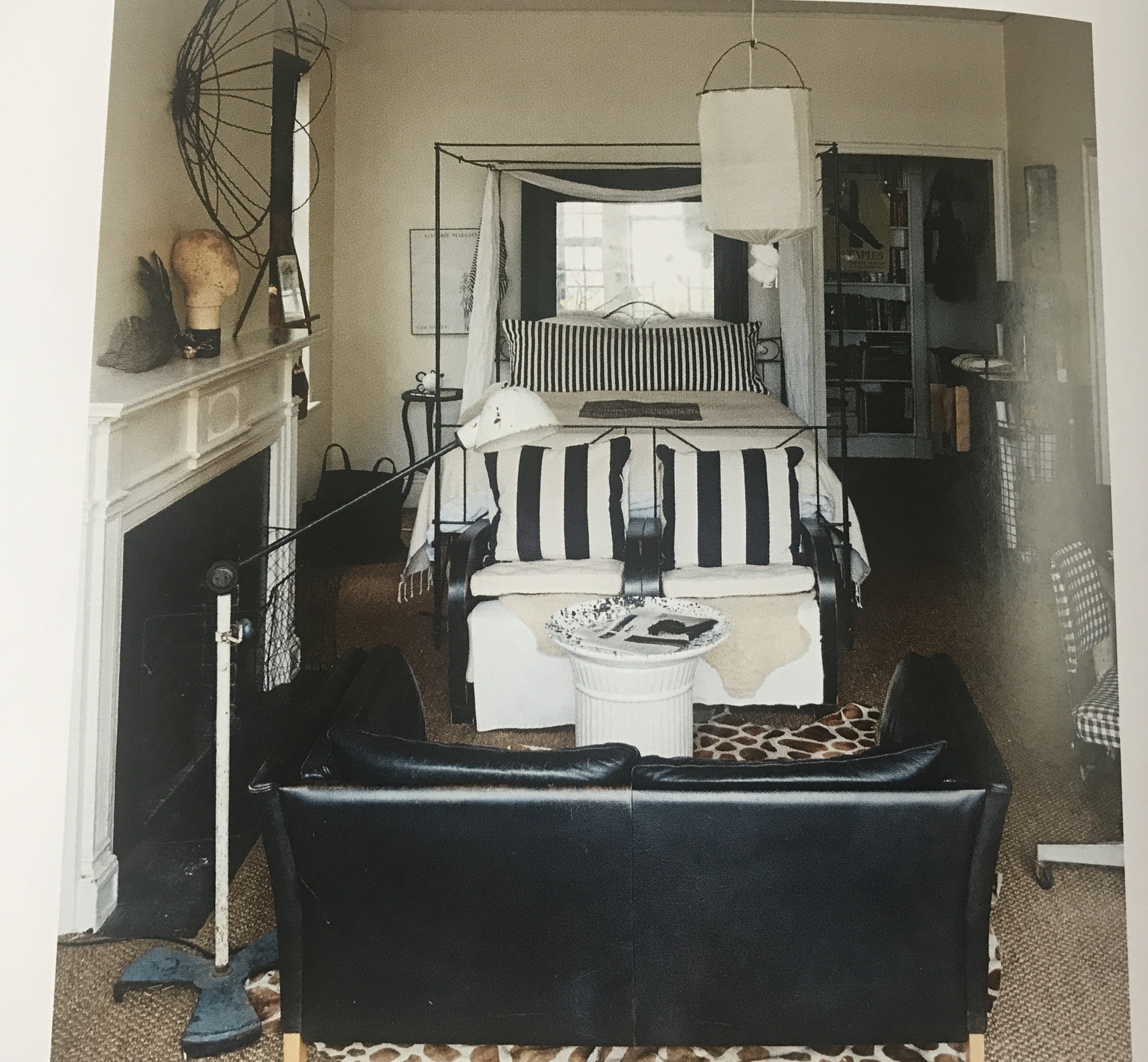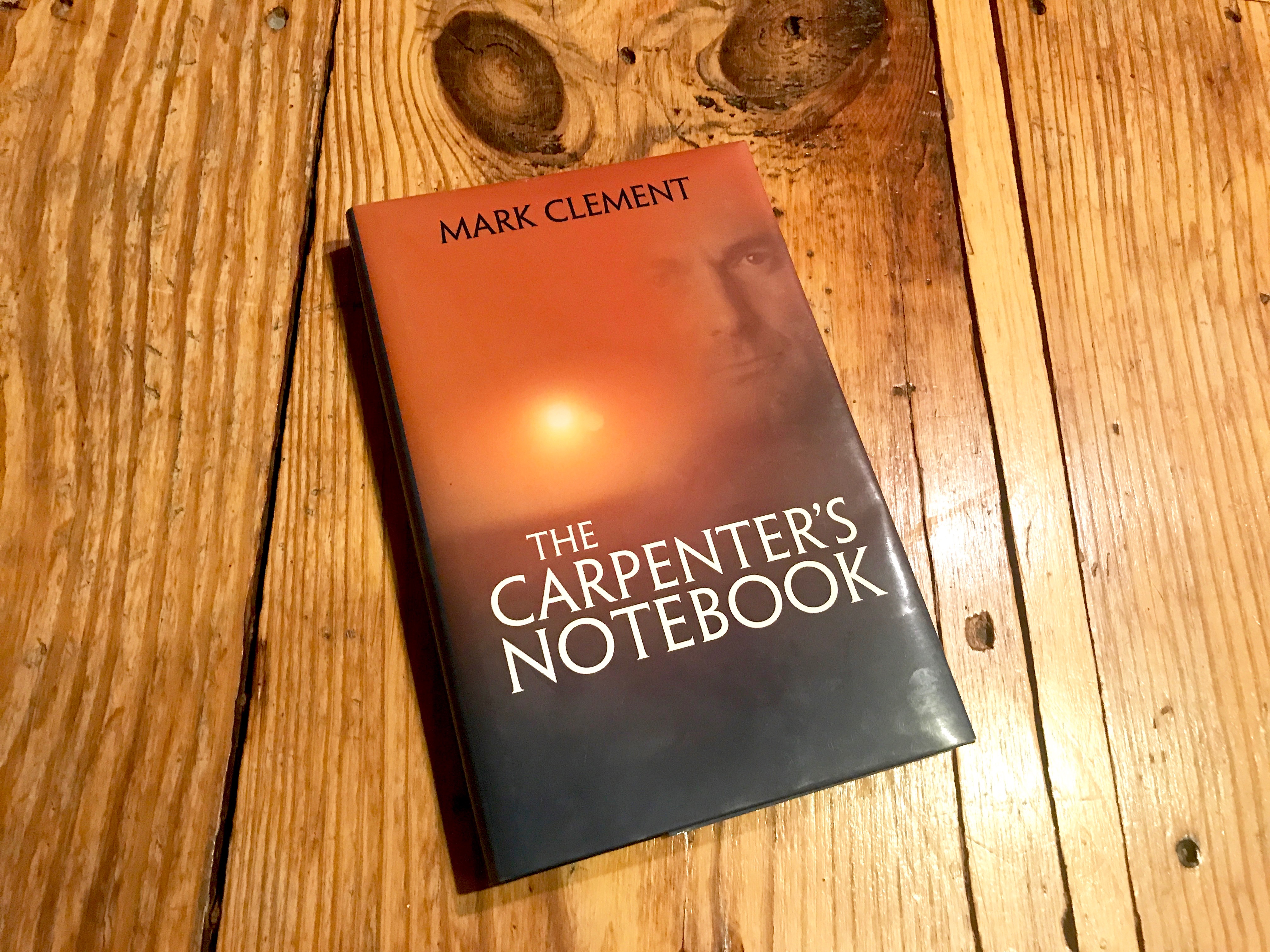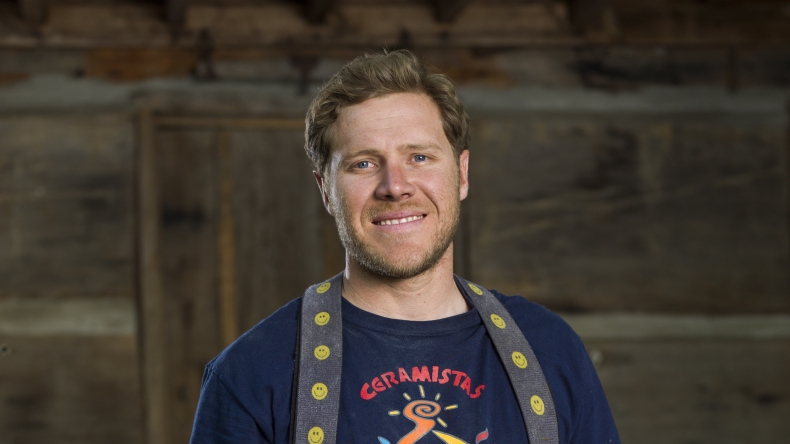Packed with a dozen examples, ‘The Little Book of Living Small’ is full of tiny home cleverness
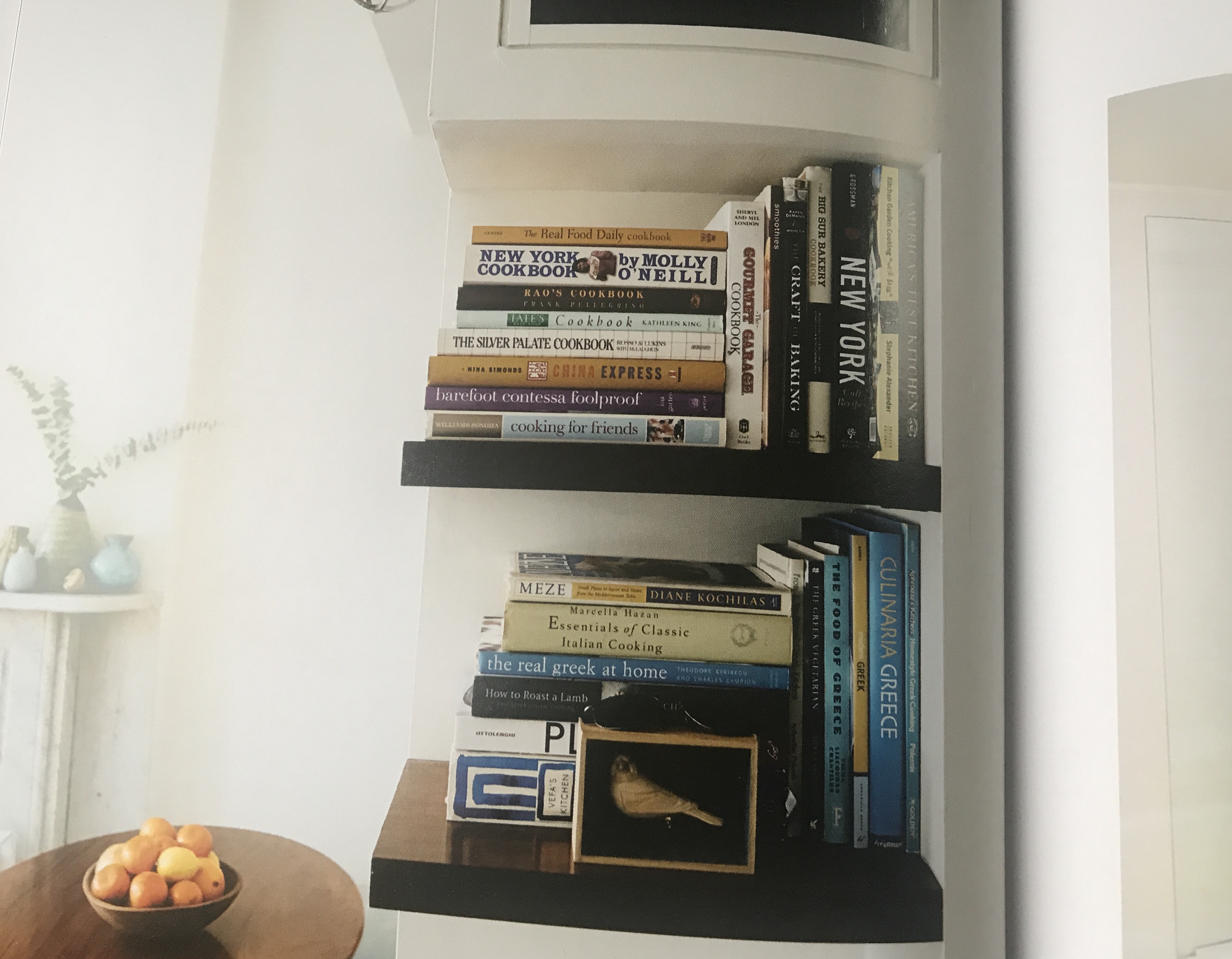
Living small is best friends with living lightly on the planet.
The thought of downsizing possessions can make many nervous, including me. Laura Fenton’s new book ‘The Little Book of Living Small‘ and the ‘Tiny House Nation‘ series on Netflix have slowly quieted my anxiety about a smaller home lifestyle.
I’ve lived in apartments that ranged from 500 square feet to 1000 square feet, but never with more than one other human and one cat. And our current home is about 3000 square feet for three humans and two cats. We have a workshop and two home offices along with the typical rooms found in a home.
While I’m not keen on downsizing our home, I am very keen to downsize our possessions. Three years ago, I downsized my formerly absurd collection of clothes and shoes with the inspiration from Marie Kondo. And Laura’s examples help grow that feeling of living lighter on the planet.
“The secret of happiness, you see, is not found in seeking more, but in developing the capacity to enjoy less.” -Socrates
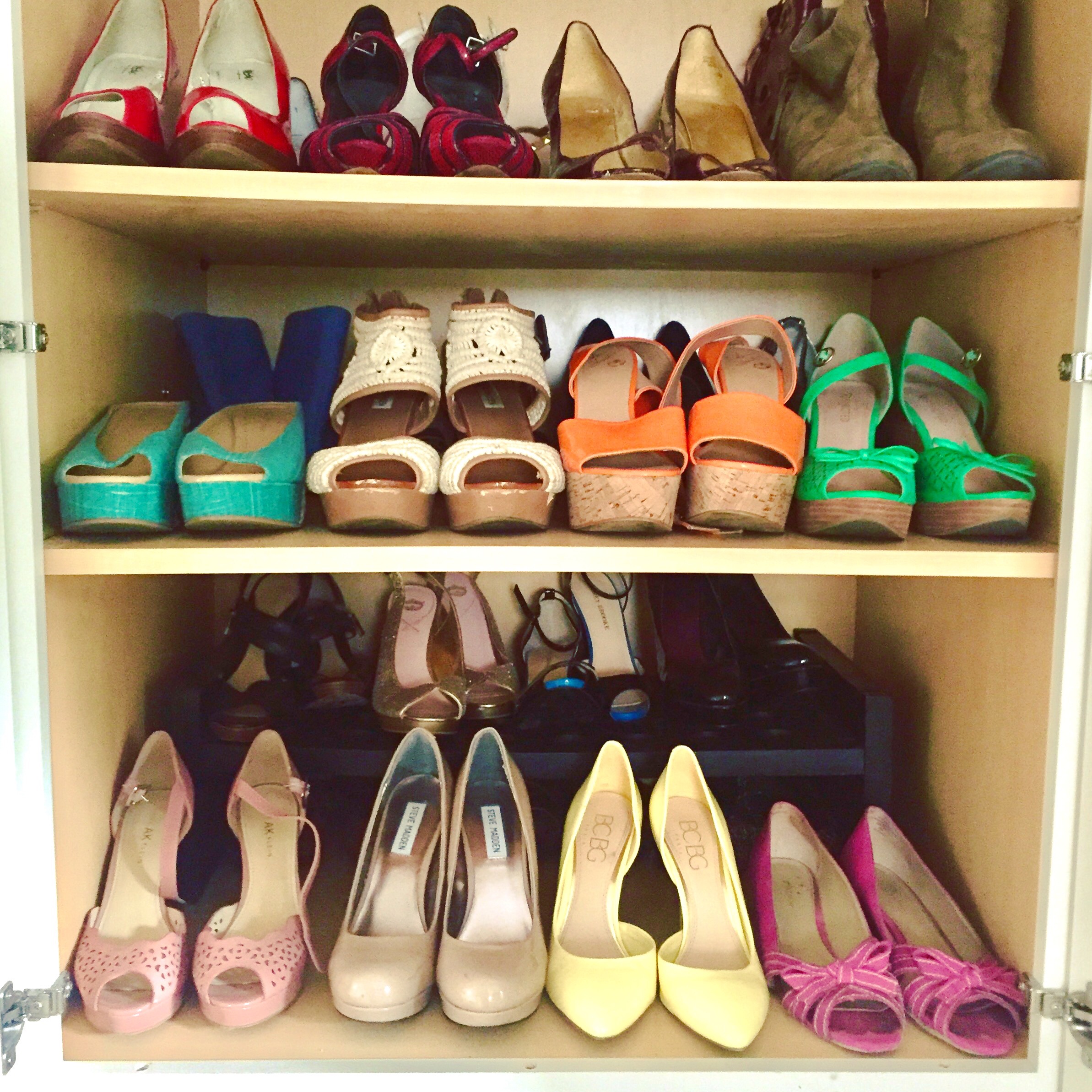
How big are we living?
The dozen examples in Laura’s book range from 248 square feet to 1,200 square feet, and they all aren’t on wheels. Homes include studio apartments, a mobile home with a jobsite trailer, one bedroom apartments, and single family homes.
While the idea of living in a 248 square foot home may be more ambitious than most of us can stomach, living in a smaller space is doable for most everyone.
Think about this: the average size of a new home in 1950 was about 900 square feet, and today it’s about 2600 square feet. Why do we need so much more space now? Is it for all of our ‘stuff’ that we keep acquiring at hyper-buying-speed, and that we can’t part with any of it?
“After years of a “bigger is better” mentality toward homes, people are realizing that extra square footage does not equal greater happiness.” -Laura Fenton
Practical advice.
Her declutter tips include setting a timer for a possession purge session, getting rid of one item per day, and taking a photo of your space to help see where clutter is happening. When it comes to introducing new possessions into the house, she suggests waiting 24 hours before buying new items.
I know that I’ve been more likely to buy things we don’t really need whenever I’m sick or tired. Amazon is just too easy to browse. So a few years ago I started just filling the shopping cart and letting it sit. Sometimes I don’t even remember putting the items in my cart, until I see them again. Translation: I don’t need any of that stuff. She also suggests gifting experiences instead of items and saying no to freebies.
“Getting rid of stuff is the easiest, most affordable way to create space,” said Jacqueline Schmidt who lives in 675 square foot apartment. Her apartment is included in the book.
Design tips.
Laura shares some helpful interior design techniques in the ‘The Little Book of Living Small.’ The photos show a lot of monochrome, mostly white, in many of the home examples. Whenever you use the same color on the walls and the same materials like flooring, the space does feel larger as it visually extends and expands into the next room. There also is clever interior Dutch door on a toddler’s room that doubles as a baby gate. And a double shower rod for hanging towels or clothes.
Maximizing the small spaces means figuring out storage spots. The homes have little nooks between studs for books, wine rack, a spice rack, versatile chairs that do double duty for a home office and guest dining, the use of oval tables rather than circular tables, Murphy beds, opting to not use window treatments, pocket door, and barn doors.
The bonus for living smaller is that there may be more in a home’s budget to splurge on high quality finishes and furniture. It gets you out of the use-discard-replace cycle that is unfortunately popular these days.
Test drive tiny.
But before you commit to a smaller home, Laura suggests test-driving tiny.
It’s easy to rent a tiny home for a weekend (or longer) getaway and see how your family adjusts to a smaller space. I know that when my family has stayed in a smaller home, we tend to spend more time together and I feel more connected to them. It may be that we are on vacation, and it may be that the proximity of each other invites more interaction.
However much I love those vacations, I’m still loyal to our modest 115-year-old American Foursquare. We live in a small vibrant town filled with shops, a movie theater, playhouse, co-op grocery store, and restaurants. But I may be more able to part with some of our ‘extra stuff’ that we really don’t use or need anymore. Wish me luck, please.
“Maybe in a few years building increasingly large houses will be considered totally irresponsible, in the same way driving a Hummer seems today.” -Laura Fenton
Laura’s book, ‘The Little Book of Living Small,’ releases on April 7th, and is available for pre-order with tons of pages for preview on Amazon.
I’d love to know what you think about living in a small space, and if you have small space tips.
